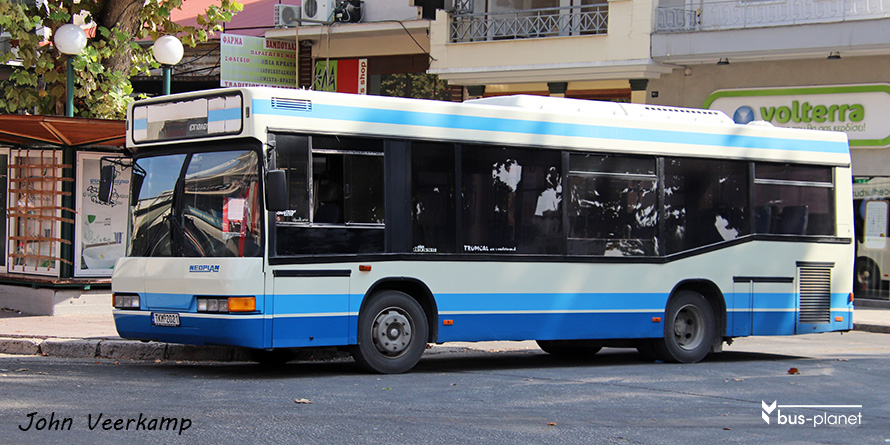KTEL COMPANIES

There are 62 intercity and rural KTEL companies in Greece, responsible for 80% of passenger transport, with a fleet of some 4200 buses. The KTEL site lists all the companies.
Most KTEL companies have green and white buses for regional/long-distance services. However, KTEL Attika has orange and white buses. Urban services were split off from the regional KTEL companies and depend on the municipalities (see separate page). The urban buses are mostly blue and white.
We provide pages and pictures of some companies but also order buses according to make and model.
The history of the KTEL companies, from the KTEL website:
1896
The first Intercity Bus that operated in Greece was made in France and it had 14 seats. It was considered huge for its time, as the rest of the buses had about 5-7 seats.
During that period, in order to own and financially operate an intercity bus, all that was needed was a simple permit, given by the Police. Each bus was an independent private enterprise and the owners could operate in any area and route, according to their personal interest. The fare was determined freely, depending on passenger traffic or competition.
1920-25
This is the time when the first laws on the circulation of Intercity Buses appear, i.e. LD 24812/ September 1922 and PD 715/ October 1925.
1937-40
The first critical step for the organization of passenger transportation was the foundation of the first joint Administrations for City and Intercity Buses. This progress was stopped during World War II. In the year 1939 the total number of Intercity Buses in the country was 1,635 buses, having 27,767 seats.
After the War, the development of bus transportation started again, as it grew rapidly, since the railway was destroyed and could only serve a few parts of the country, there was no passenger aviation and cars were the only land means of transportation.
1952
Under Law 2119 the KTEL Companies were founded, one for each Prefecture and each Island. Thus 104 joint KTEL Companies were in operation, 45 City and 59 Intercity. The fleet numbered 3,311 buses with 79,464 seats.
1968
After a Decision of the Minister for Transportation, the merging of all KTEL Companies into 8 massive Organizations of regional structure (KTEΥΛ) came to be.
1973
The ND is then issued. 102/73 “On the organization of buses, cars operating public passenger transport” and thus reverts to the former regime.
1984
Based on Law 1437/84 a procedure begun, in order to separate the City KTEL Companies from the Intercity ones (article 24).
KTEL Companies changed their legal status and became Limited Companies (S.A.) under law 2963/2001.
Today there are 62 KTEL Companies, with a fleet of 4,199 buses, which conduct 80% of all passenger transportation.
The routes are decided and organized by decision of the Prefect. This results many times, in the KTEL Companies having to operate on routes with very few passengers, under difficult conditions and with almost no profit.
Intercity KTEL Buses have always been the umbilical cord that connects the small and distant regions and villages of Greece to the larger cities and capitals of each Prefecture.
